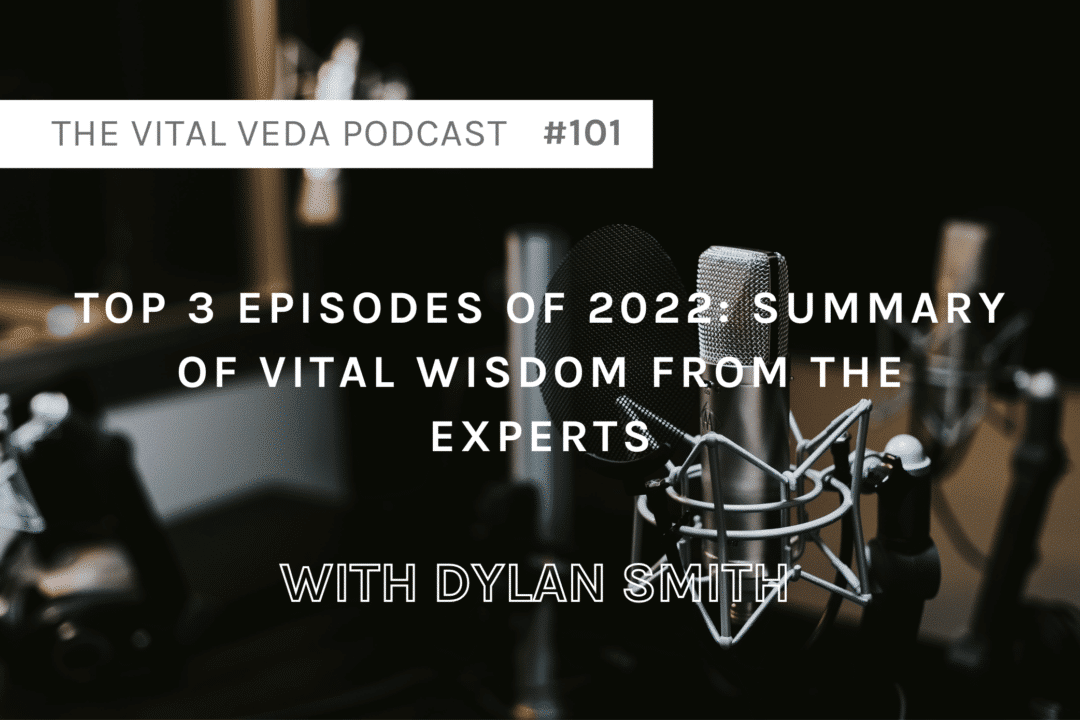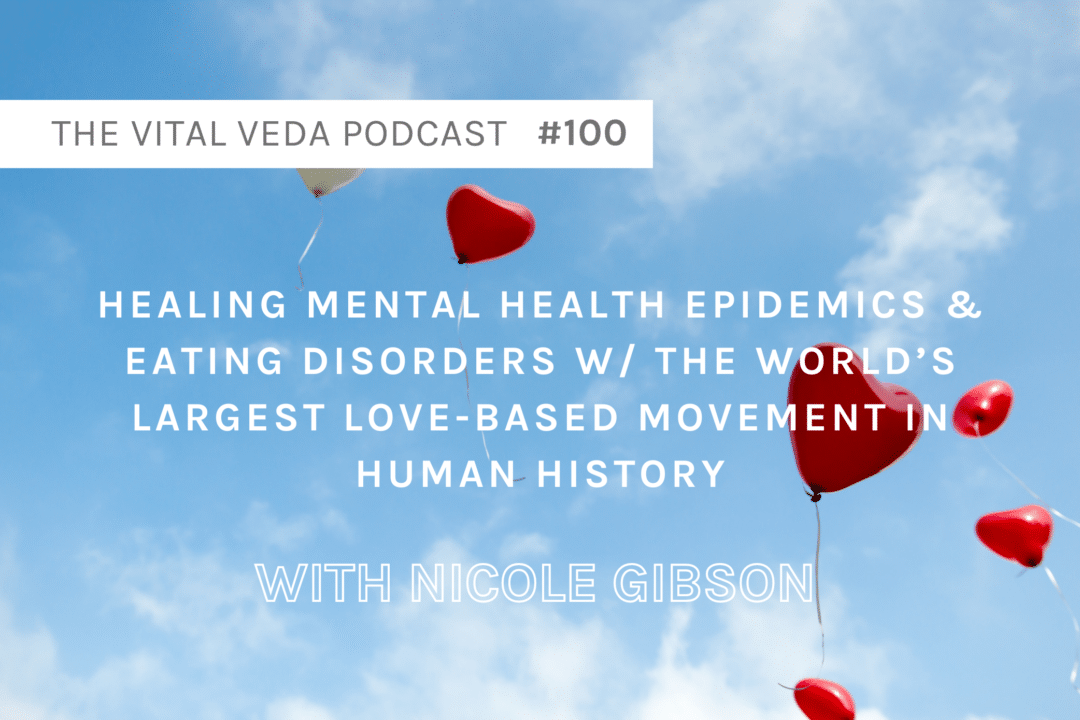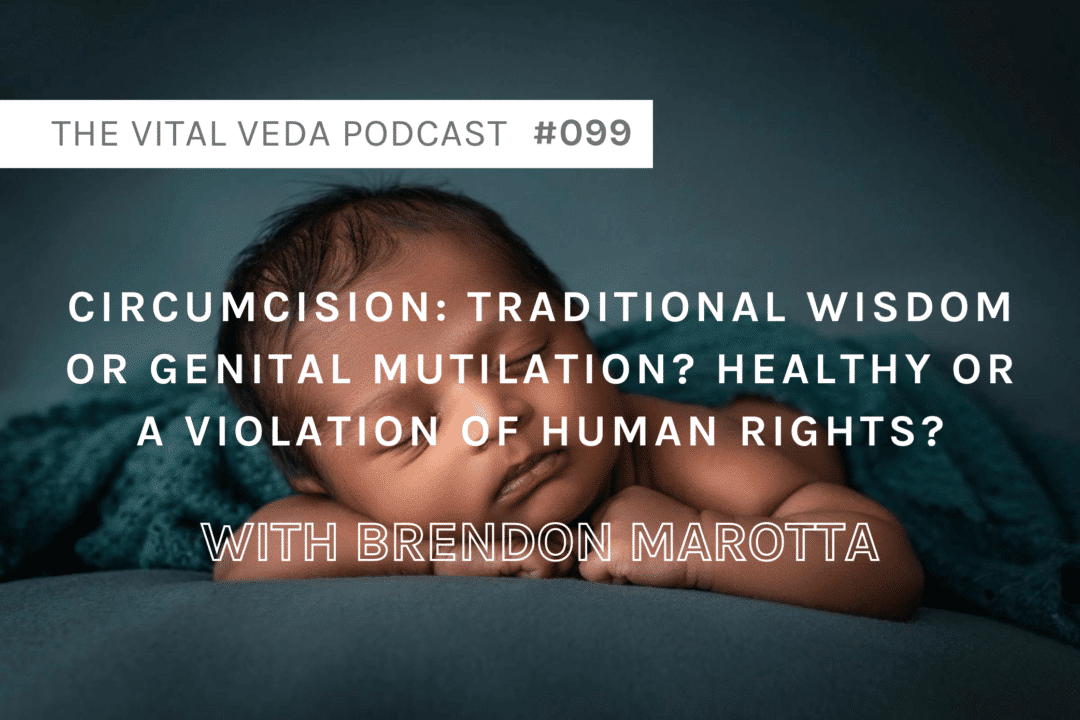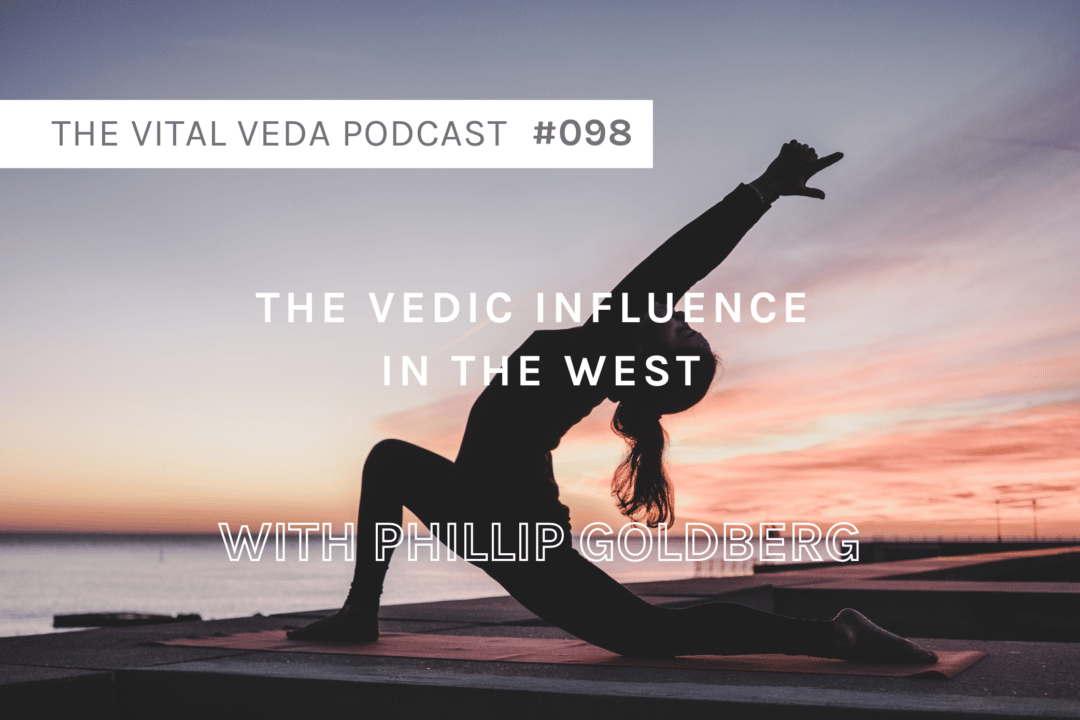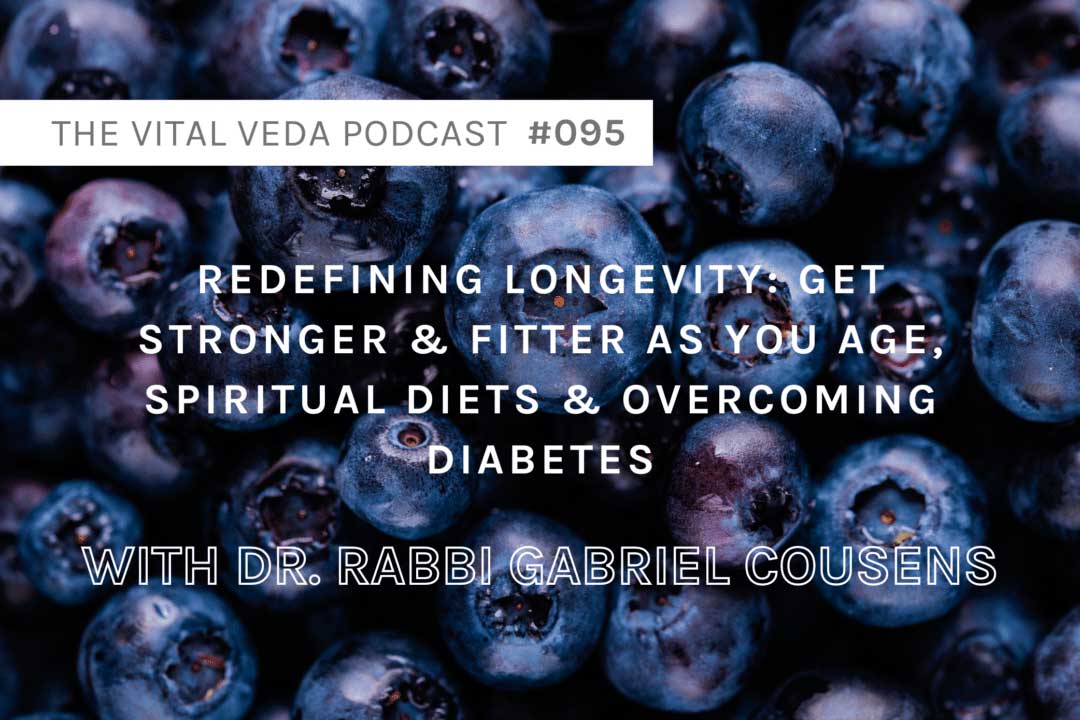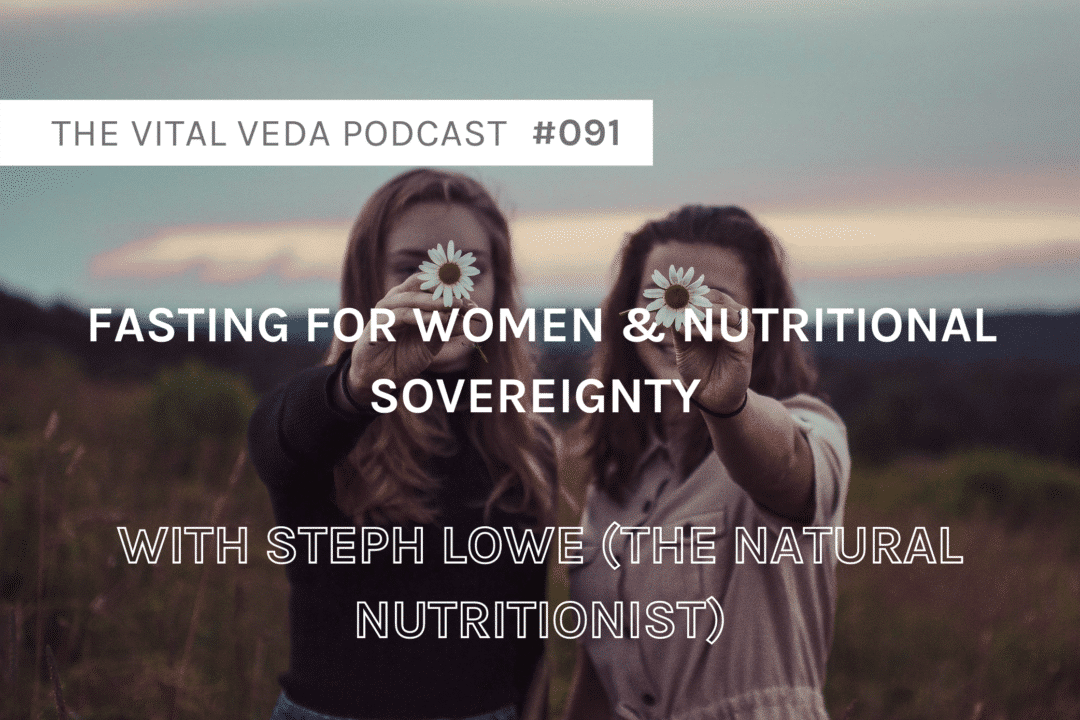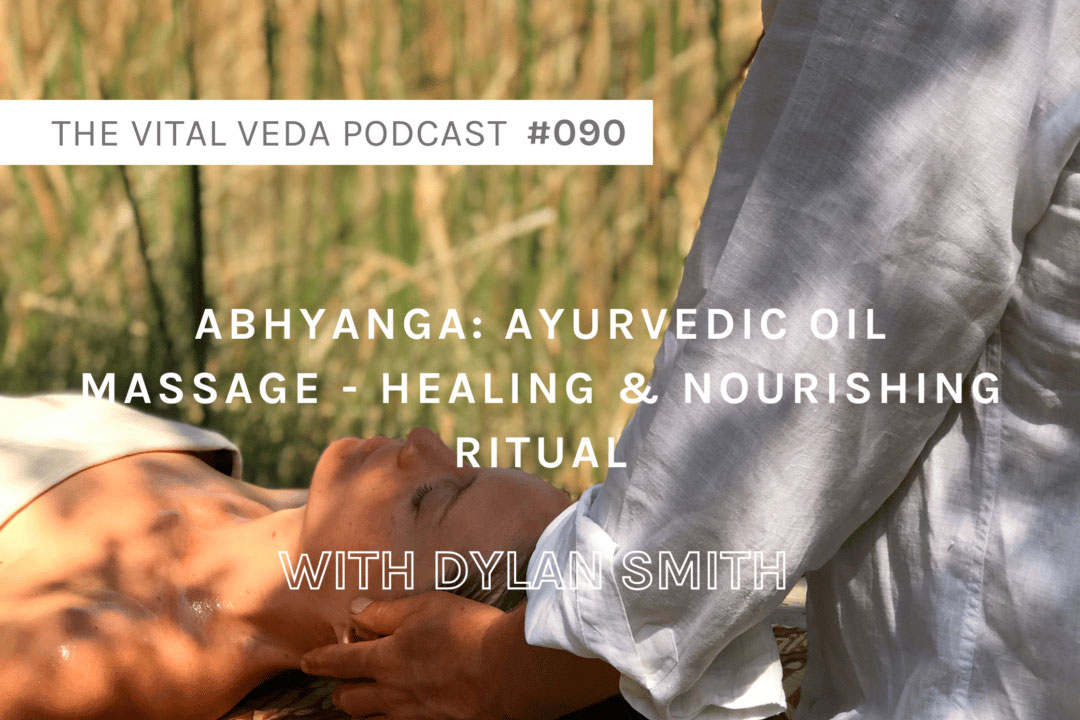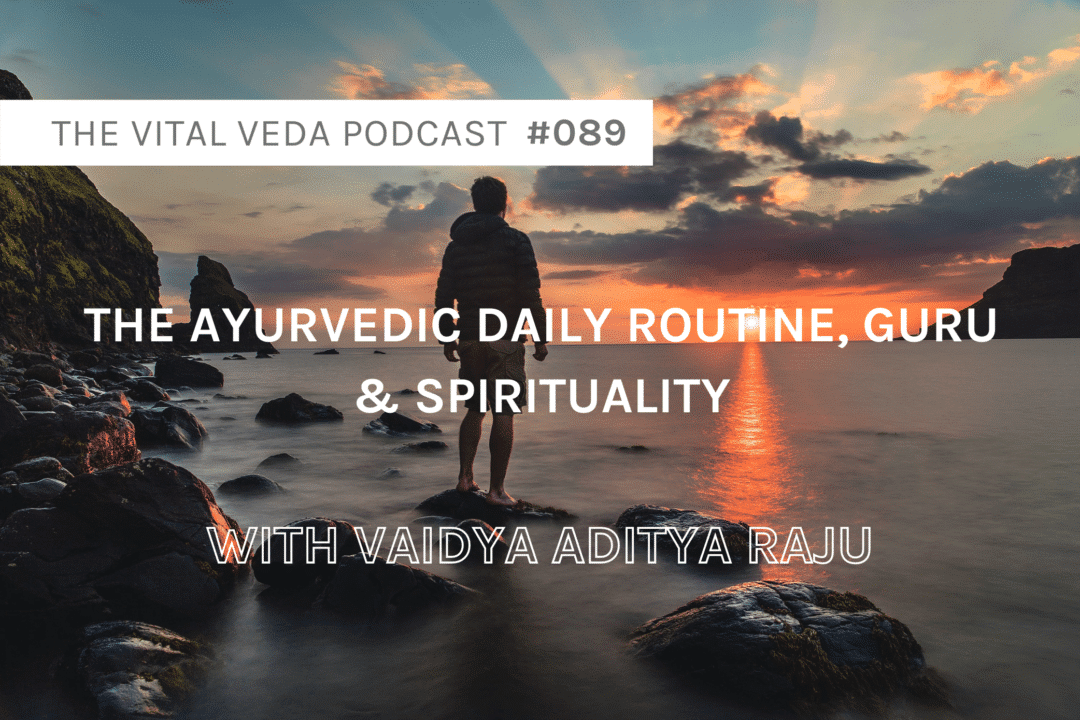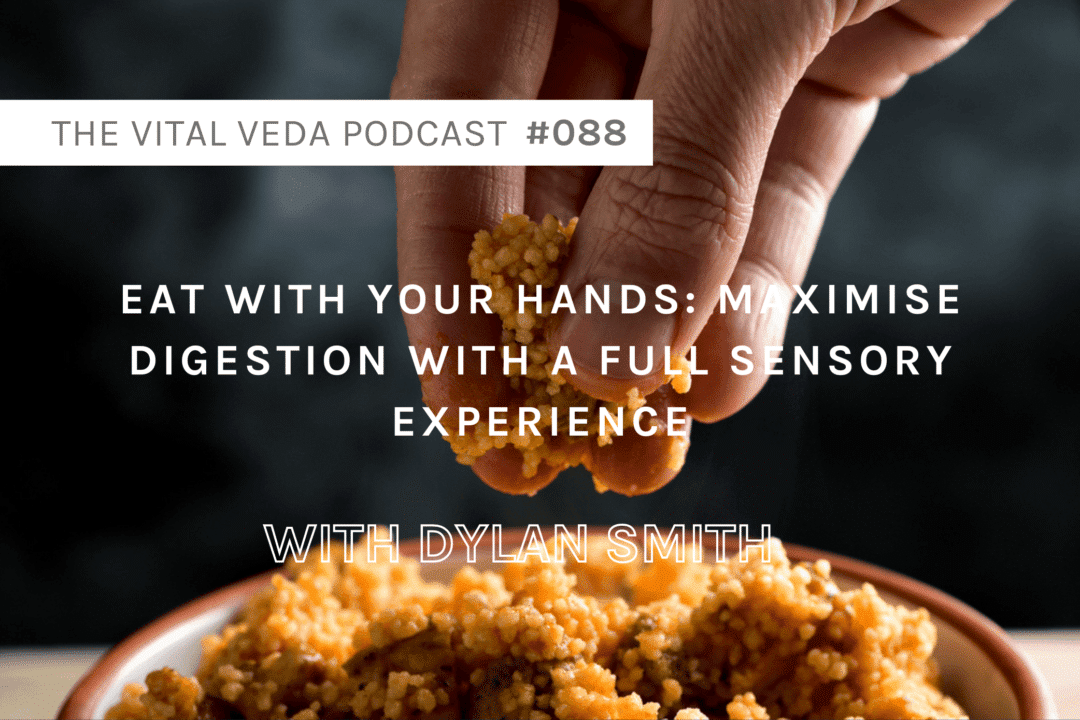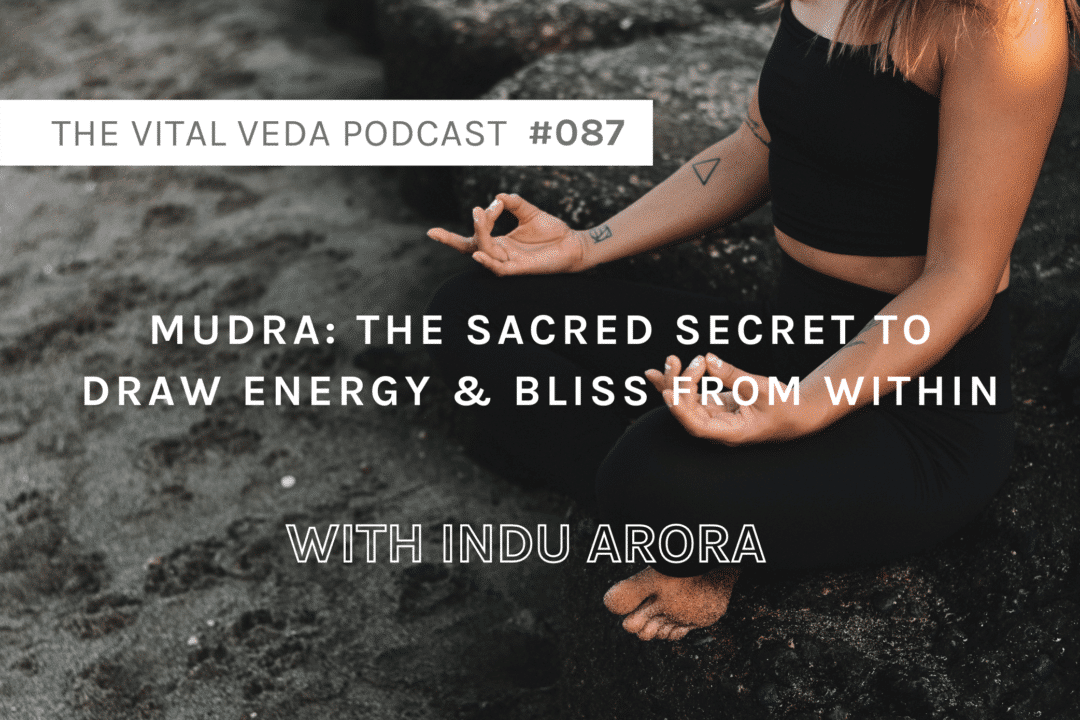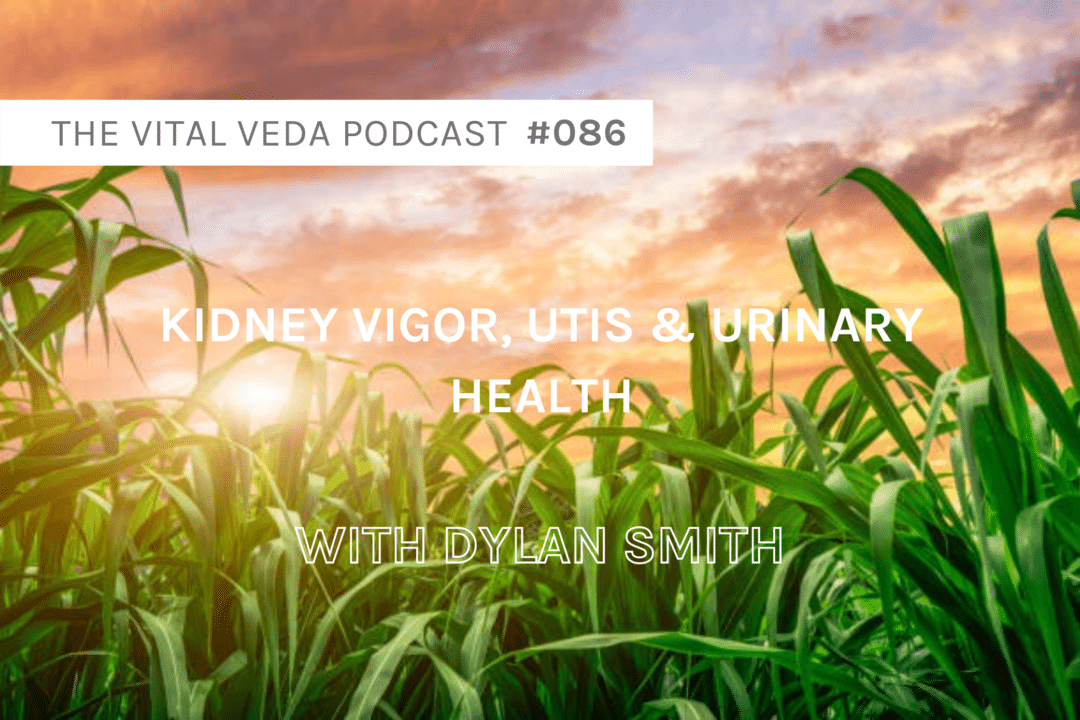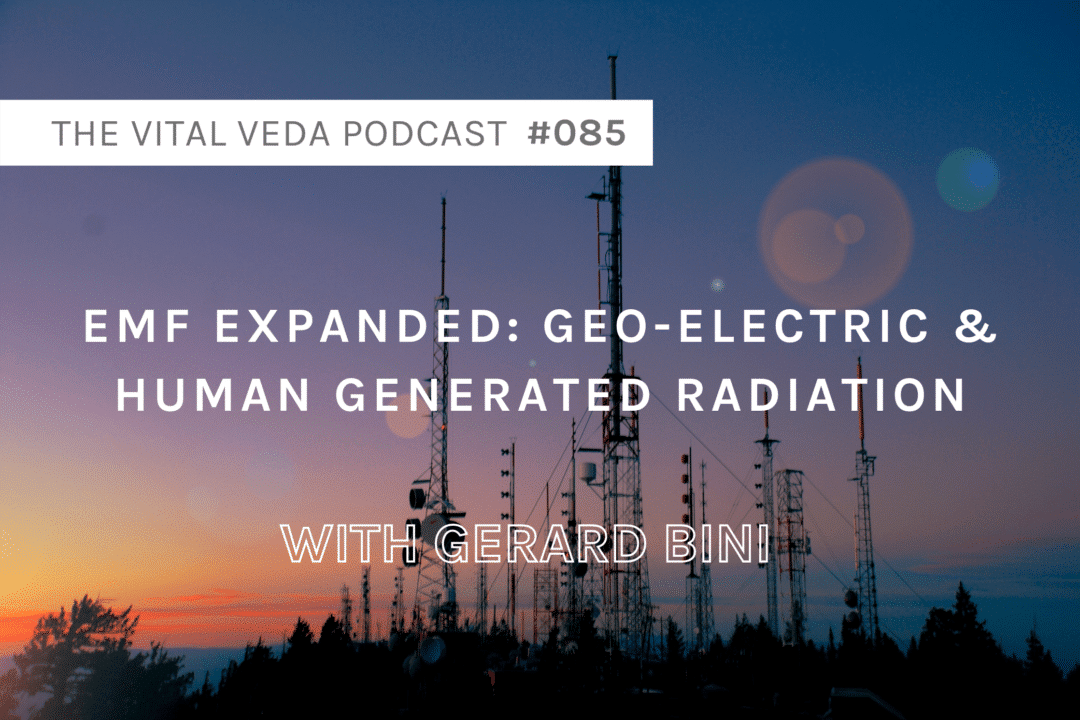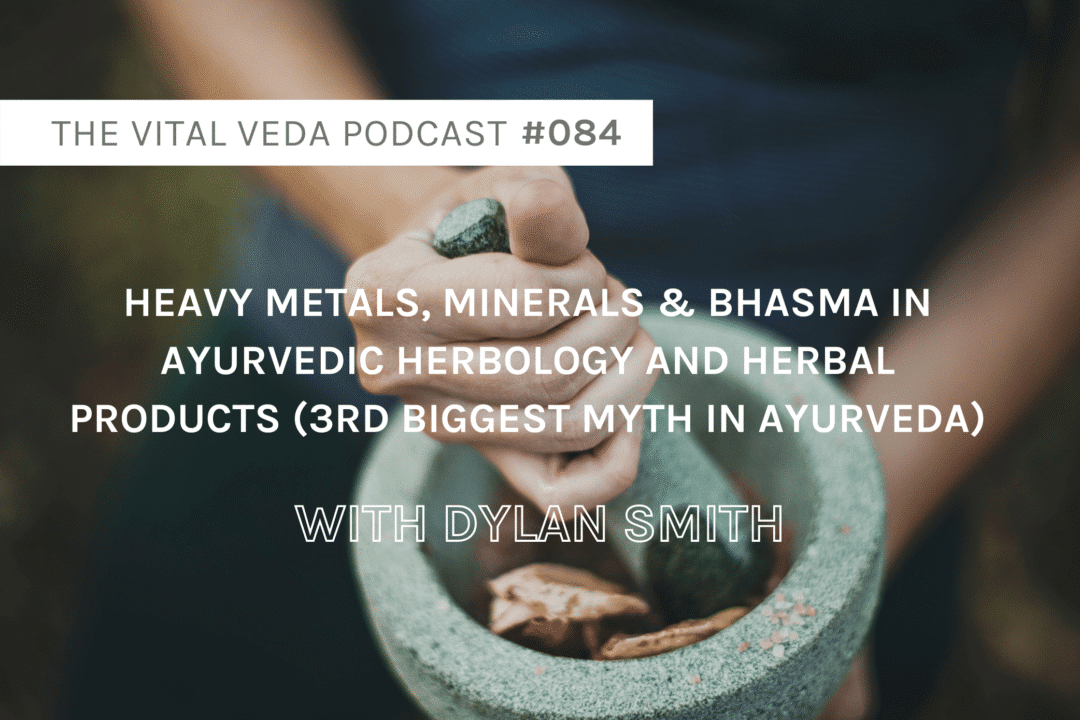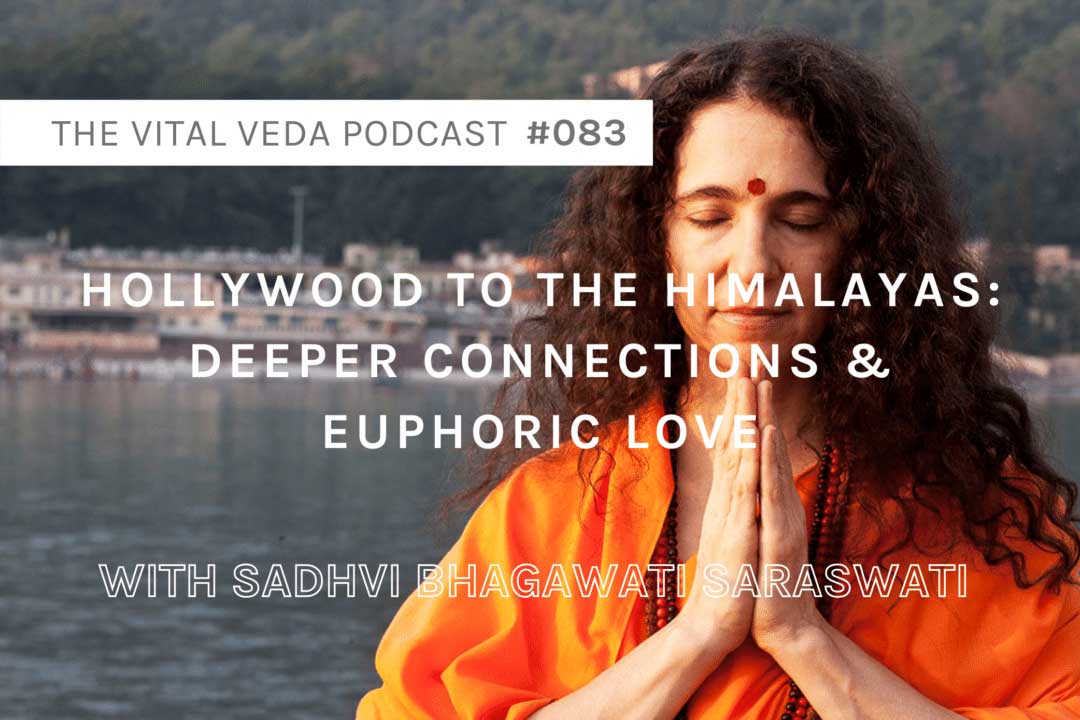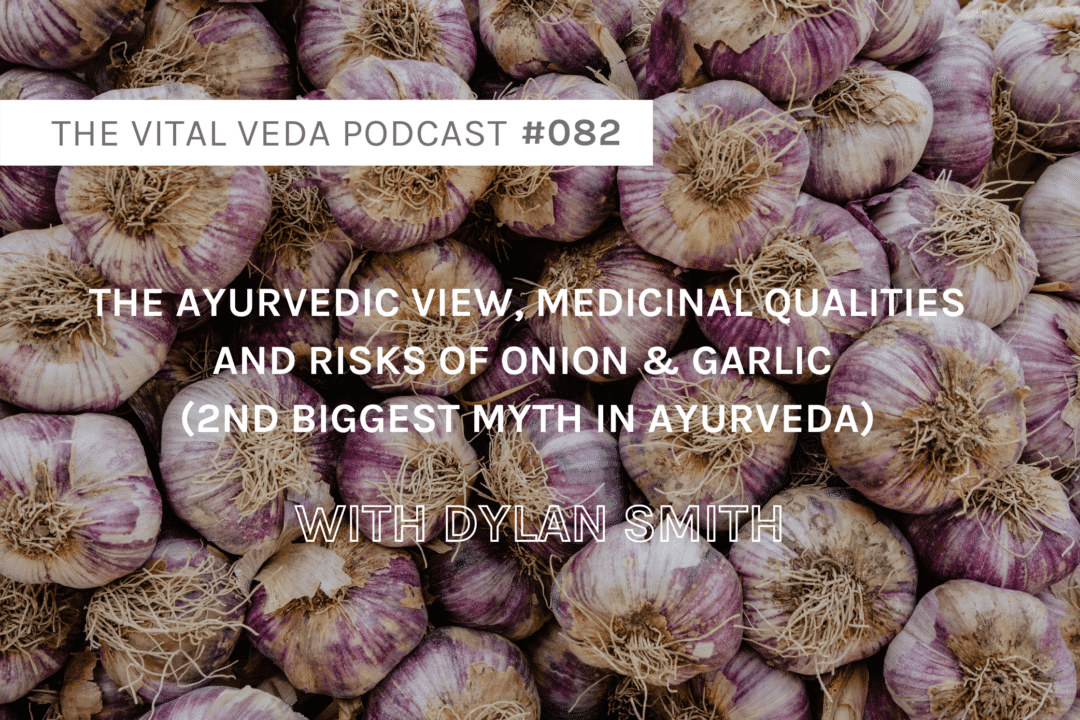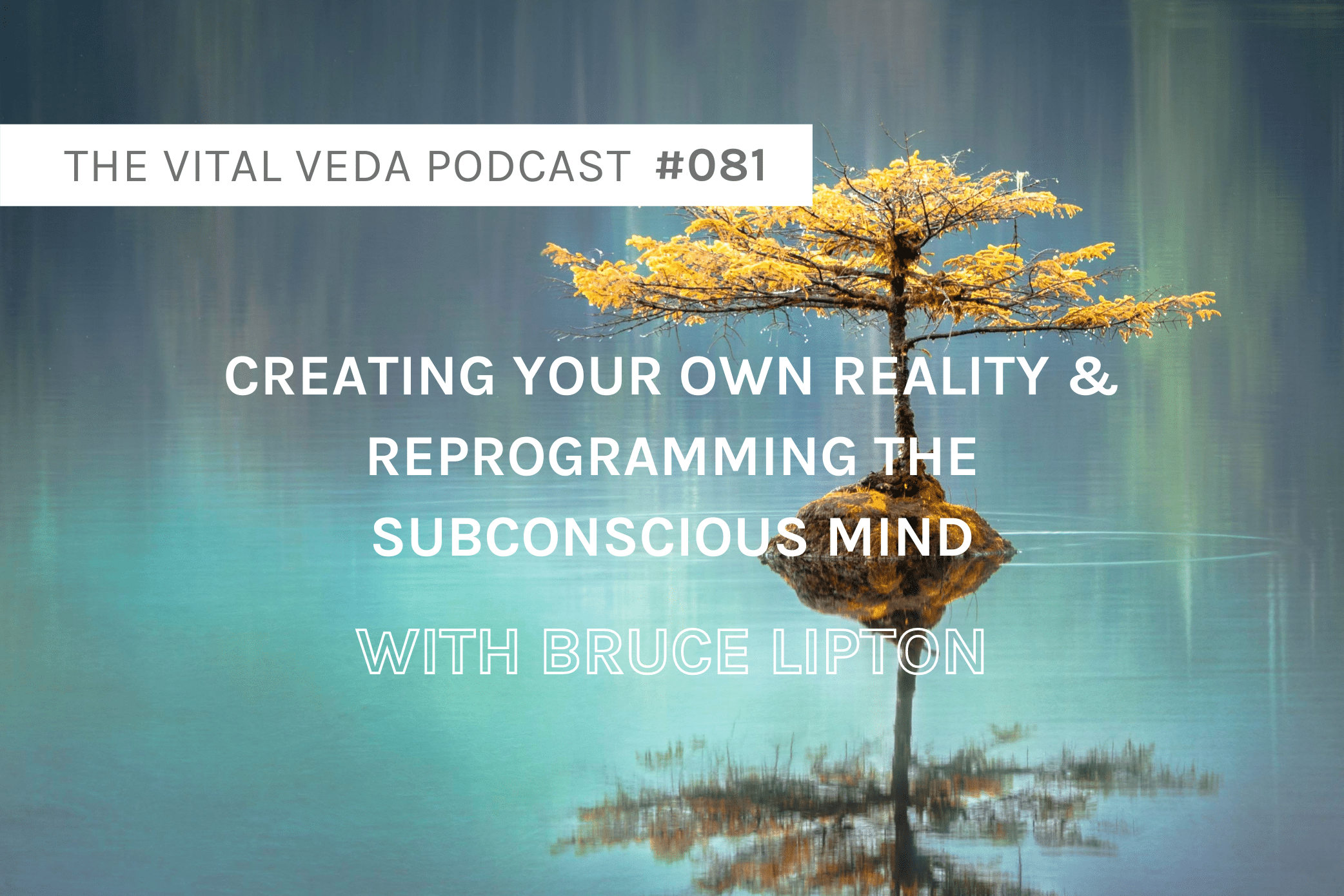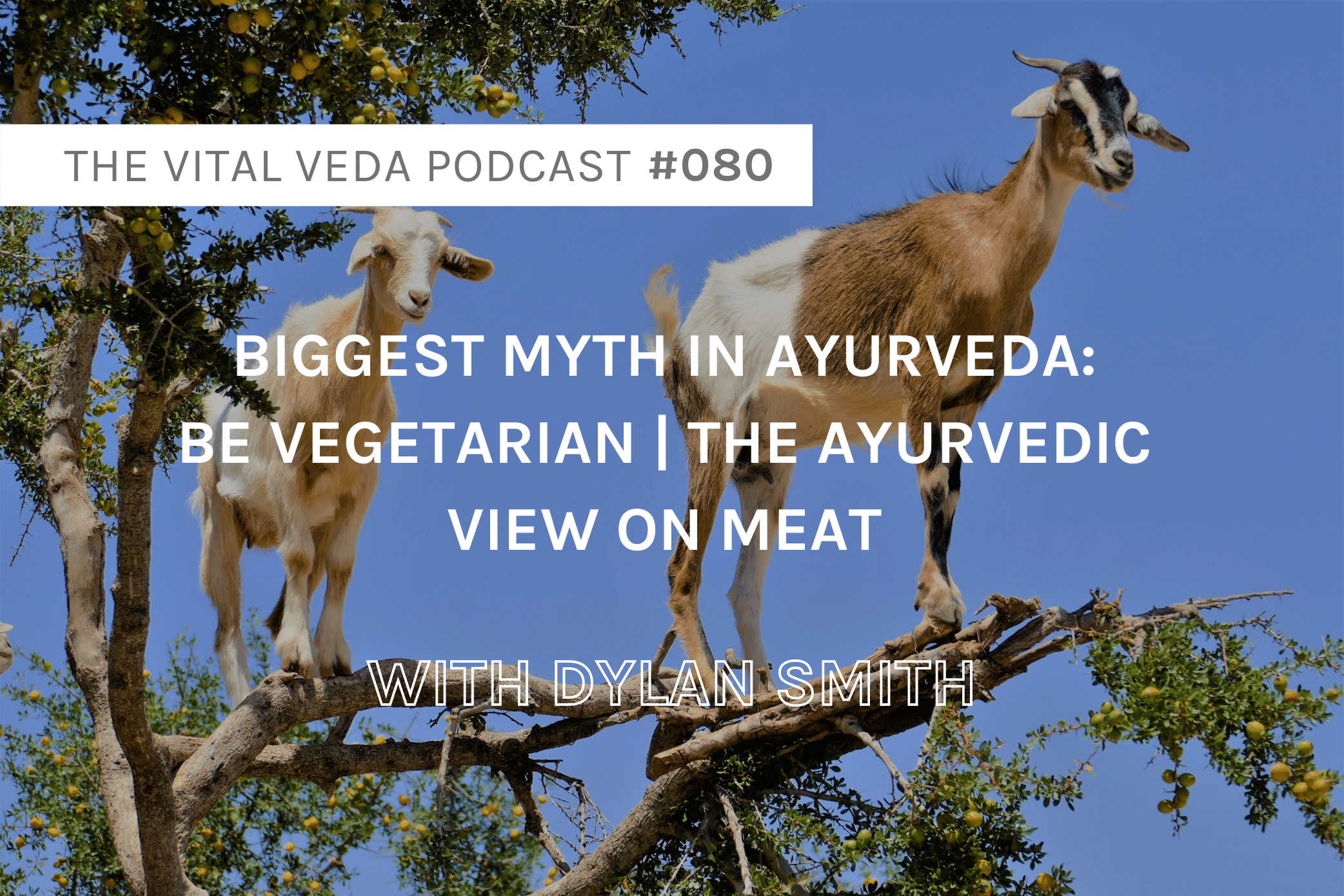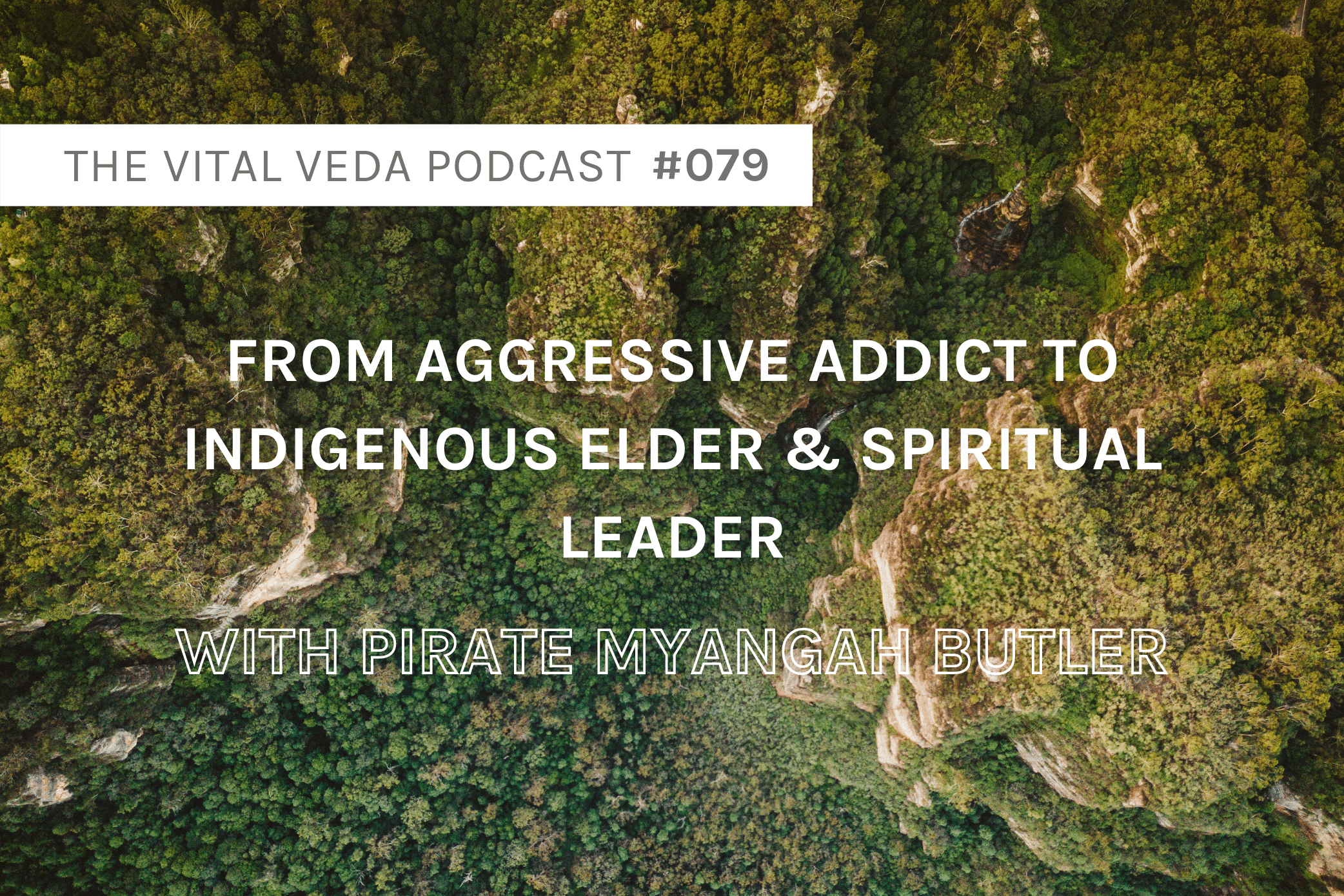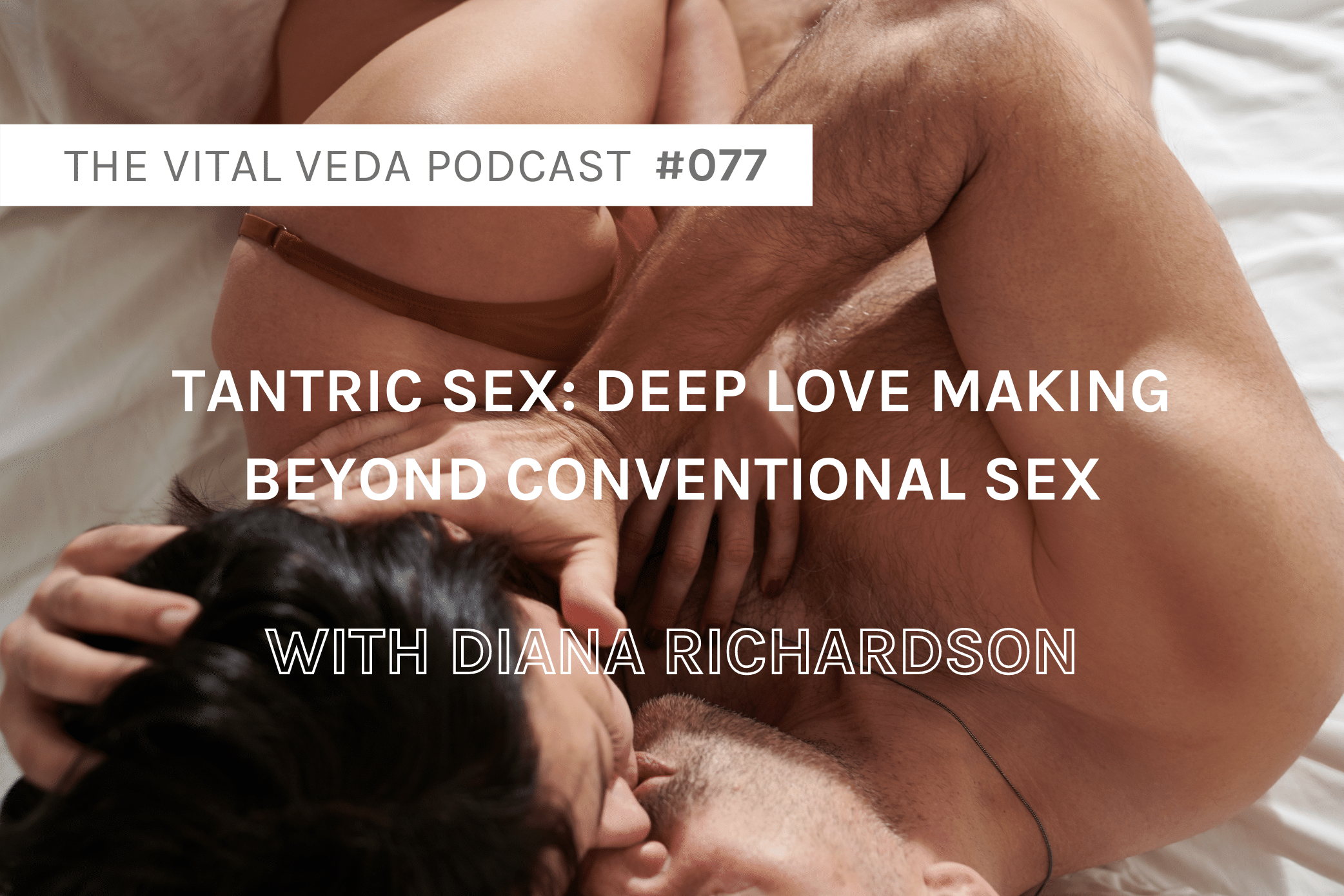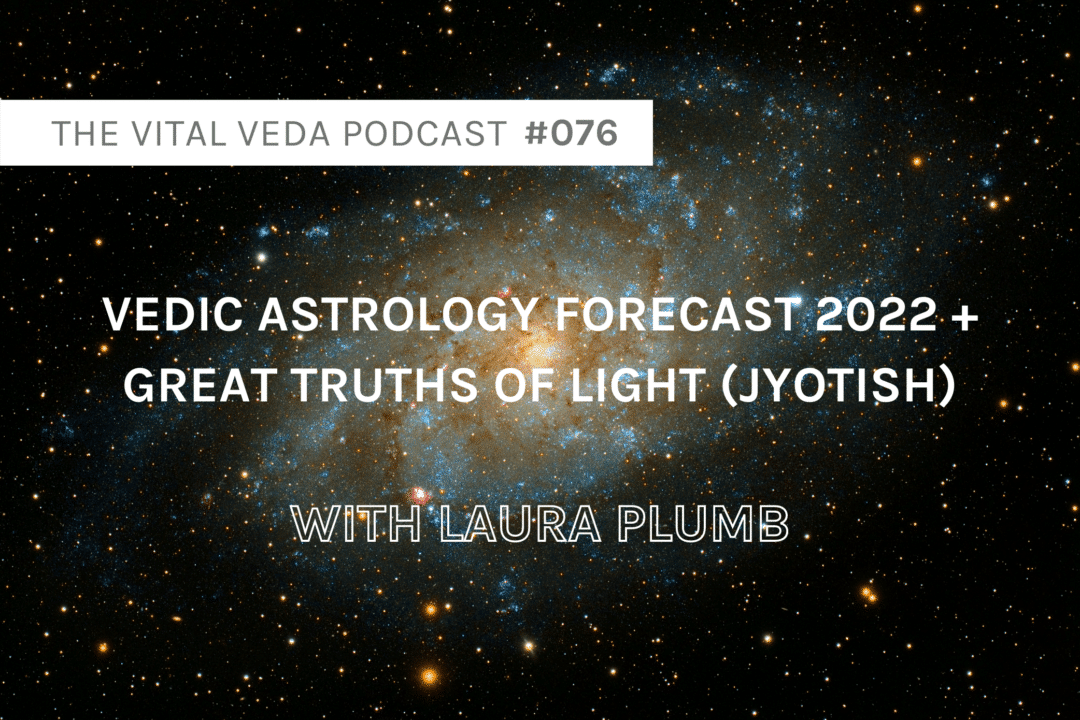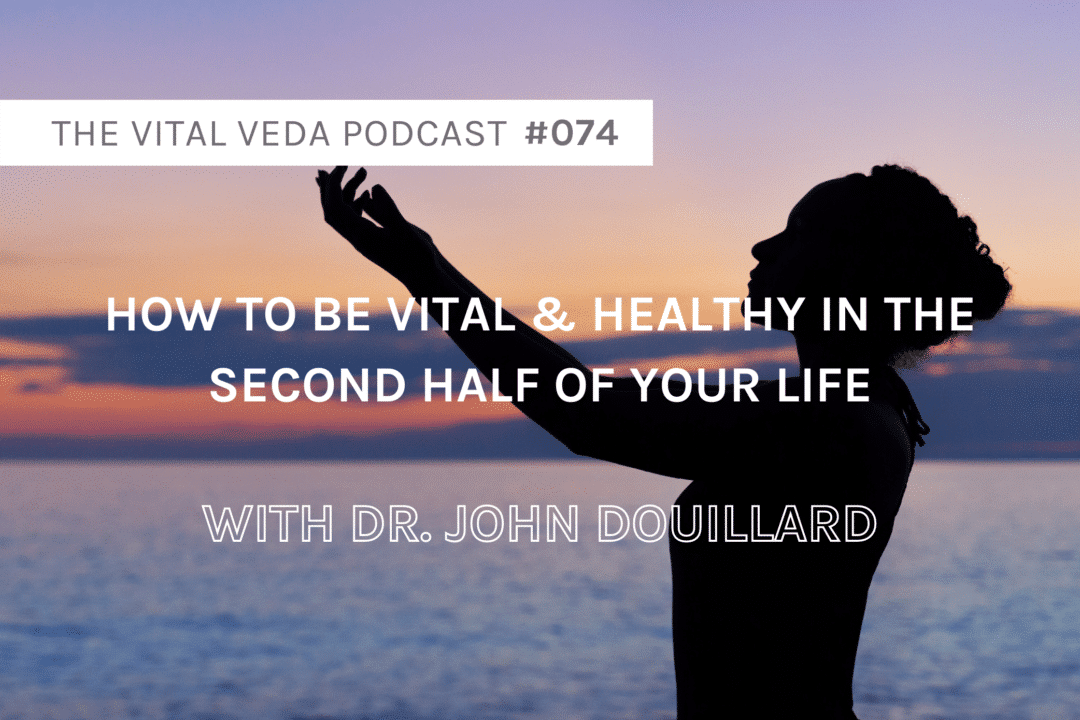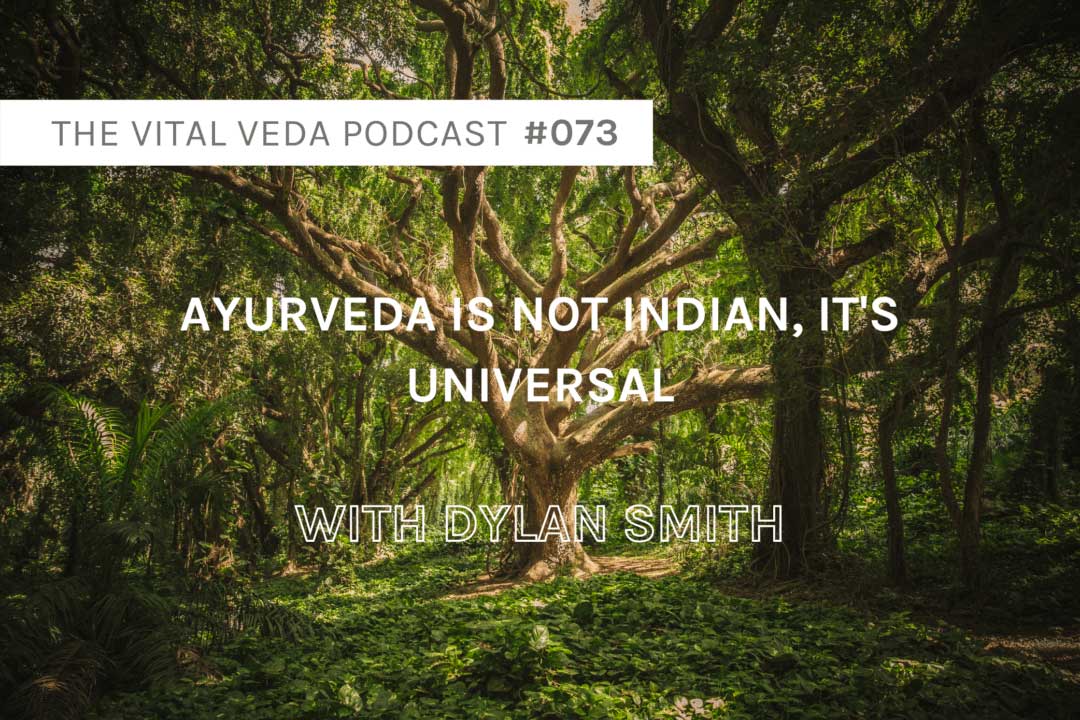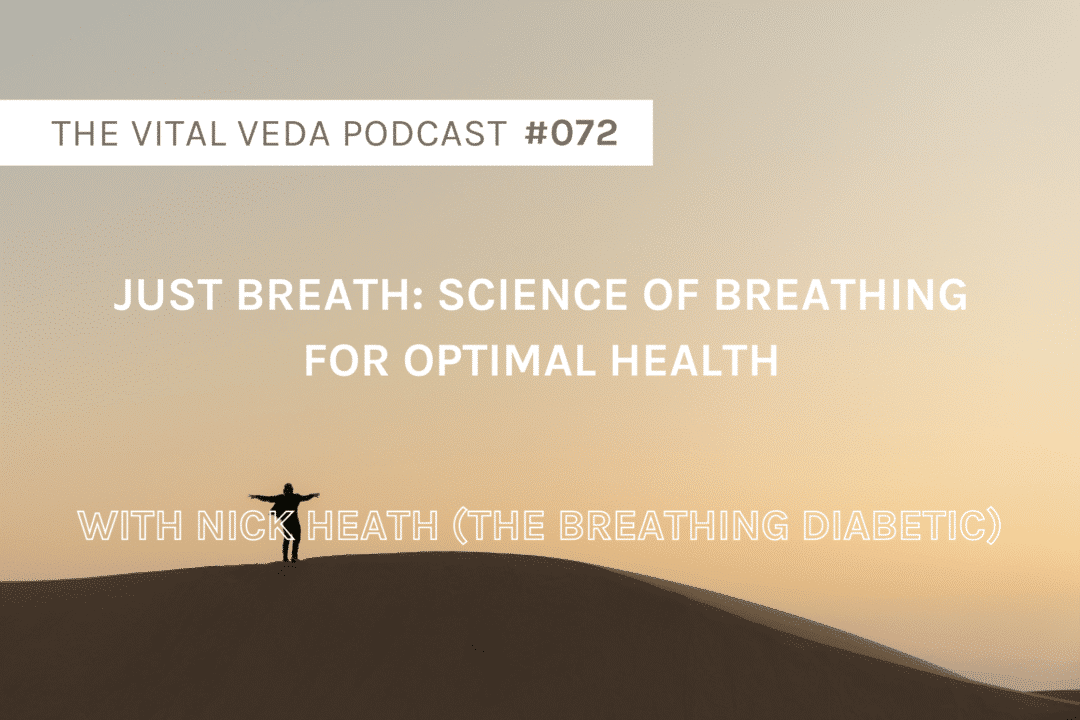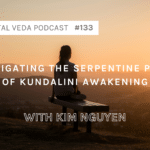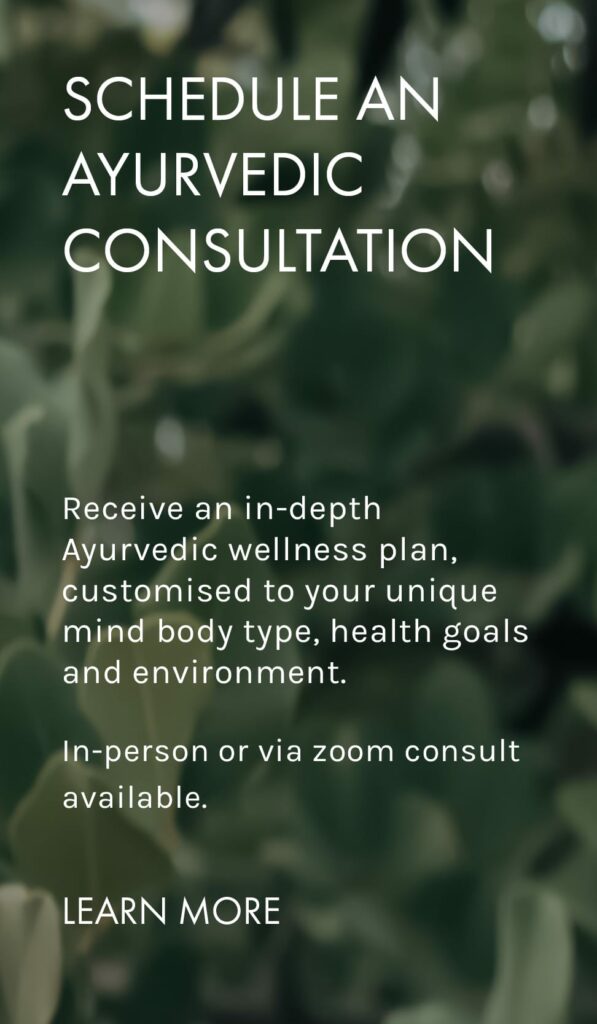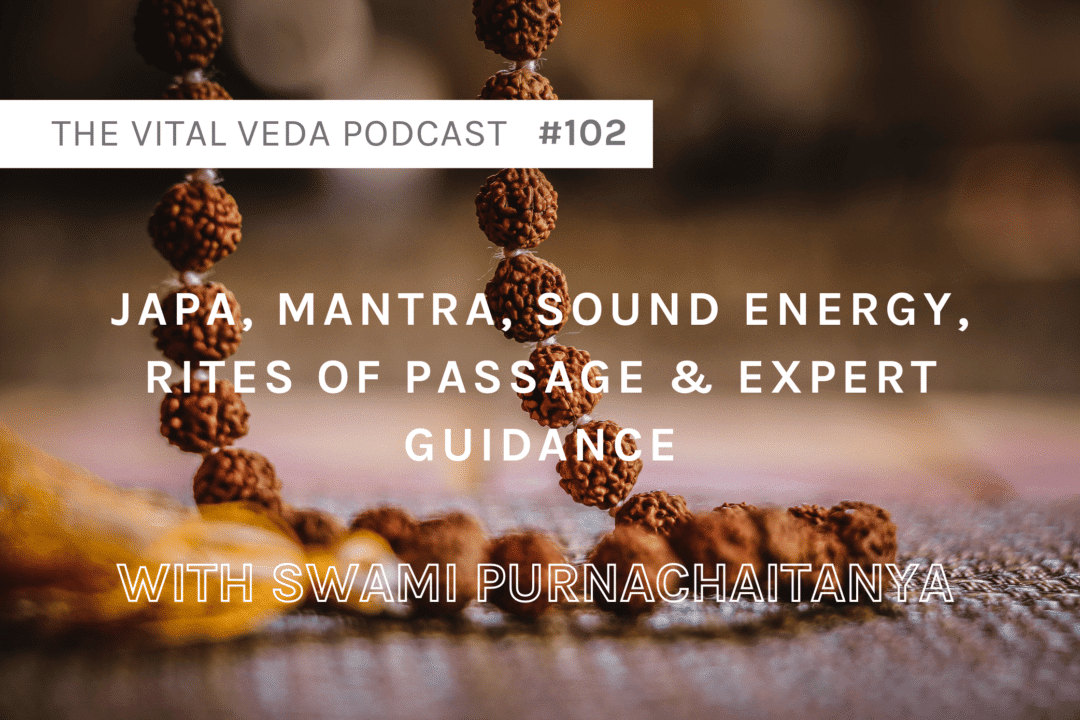
Japa, Mantra, Sound Energy, Rites of Passage & Expert Guidance | Swami Purnachaitanya #102
Listen on iTunes / Apple Podcast App Listen on Spotify Listen on All Other Platforms Mantras are sound vibrations that harness the subtle energies of this creation. When used in a proper way that considers the various influences that come from our local environment and beyond, the mantras can help improve different areas of life. Sound vibrations can create and support profound and positive changes in our own physiology, those around us, the wider community and society. Join Swami Purnachaitanya, who for over 15 years has been studying and teaching the Science of Mantras to harness specific sound vibrations to interact with Natural Law for greater evolution. Swamiji offers expert advice to utilise the power and sacredness of sound safely and effectively. ABOUT OUR GUEST: SWAMI PURNACHAITANYA Born and brought up in the Netherlands, Swami Purnachaitanya from a young age had a keen interest in the spiritual practices, cultures and philosophies of the East. As a teenager he met his spiritual Master, Gurudev Sri Sri Ravi Shankar, and started his journey to explore the traditions of yoga, meditation, mantras and ancient wisdom. A life dedicated to purity of knowledge, practice and experience, sharing his Master’s wisdom through the programs of The Art of Living. Swami Purnachaitanya has become a public figure traveling the world extensively in Asia, Africa and Europe, conducting a wide range of self-development programs in over 20 countries. His relevance stems from his ability to bridge the philosophies of the East and the West and his skill in simplifying arcane concepts. He plays the role of spiritual guide, peace builder, story teller, author, healer and teacher, as he triggers dramatic change in the lives of his audience. IN THIS EPISODE WE DISCUSS: Table of Contents The Meaning Of “Jai Guru Deva” It means “Victory to Guru Consciousness”, and is meant to both enliven that aspect of our consciousness within us, as well as acknowledge that the wisdom we are carrying forth is not our innovation but has instead been bestowed to us by a lineage of Gurus. The Meaning Of The Name “Purnachaitanya” “Purna” means ‘that which is full’ and “Chaitanya” means consciousness. The meaning is “One who’s consciousness has the quality of fullness”. The Four Stages Of Life According To Vedic Tradition First 20/25 years —> one is a student & brahmacharya (celibate spiritual seeker). One’s energy should be devoted to learning as much as possible, developing a good moral compass & a sense of ethics, connecting with the spiritual Self, and so on. Second 20/25 years —> one becomes a house-holder and starts to actively contribute to society. Have a family, raise children, have a job, etc. Third 20/25 years —> one’s children are grown ups & most of the responsibilities of the previous stage have become fulfilled, so one begins to do Seva (selfless service) towards society. One can share the wisdom & experience learned with others. Forth 20/25 years —> this is called sanyas (meaning ‘Renunciate’). One can really step away from ‘worldy’ duties and really focus on self-realization. In some cases, certain individuals can skip one or two of these phases (e.g. remaining a brahmachari for the rest of one’s life or moving from the stage of brahmacharya directly to sanyas). What Does Being A “Swami” Really Mean By taking sanyasi vows, one becomes a ‘Swami’ and leaves many facets of worldly life behind. Devoting one’s self to the pursuit of Self-Realization or Enlightenment as well as to become a selfless servant of humanity. The Ego is surrendered, thus one stops living life out of any form of self-interest, and vows to devote one’s Self to God & Humanity (which ultimately are one and the same). What Is A Mantra According To Vedic Tradition Mantra is the sound or vibration that can take us beyond the mind. The Power Of Japa (a.k.a. Mantra Repetition) In the same way that the repetition of negative thoughts perpetuates suffering and brings the prana (life force energy) levels down, the repetition of mantras increases our vibration, allows us to feel more enjoyment, and be more present & effective in our relationships & daily life chores. It is one of the main paths or tools for the attainment of Yoga (union with the ultimate intelligence that operates the universe). There are two types of suffering in the world, one is on a physical level (e.g. breaking a leg, getting bitten by a dog, etc.) and the other is on a mental/emotional level (e.g. depression, anxiety, fear, frustration, etc.). Most of the suffering we experience in our day-to-day lives is on a mental/emotional level. Japa Meditation is one of the most effective tools to help transcend the self-imposed boundaries of the mind, therefore it not only pulls us out of our suffering, but even prevents it from emerging in the future. By strengthening the mind and raising the level of vibration & prana (life force) in the body, one becomes resilient and unfazed by the stimuli that would otherwise trigger a state of suffering. Developing Siddhis (Superhuman Capabilities) By Means of Mantra Repetition Siddhis are Divine superhuman capabilities that can be developed utilizing yogic technologies. Most of the commonly known mantras can be utilized by everyone and anyone with similar results, without the need of any proper initiation or rituals. Other mantras that are more special and unique require an initiation by a Guru in order to become effective. This Guru needs to be someone who carries the mantra siddhi (meaning perfection in that particular mantra) which quickly grants the benefits or fruits of that mantra. In order to develop Yogic Siddhis with japa, it is essential to hold the mantra siddhi, and therefore initiation by a Guru into the corresponding mantras is generally considered to be essential. The Influence of The Gunas (Qualities) On Your Mantra Practice When Sattva guna (pure shinning light) is predominant, that is when you chant mentally (mānasa japa), because that is the most effective. When the Rajas guna (aggravated light) is predominant, there is restlessness & all types of thoughts are coming up so if chanted inwardly the mantra practice gets broken and its ineffective. Chant by whispering the mantra (upāṃśu japa). Chanting

